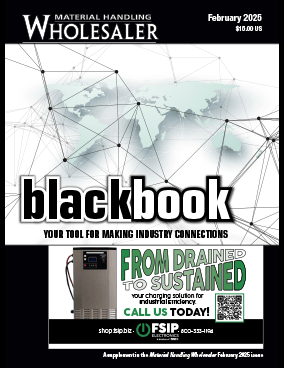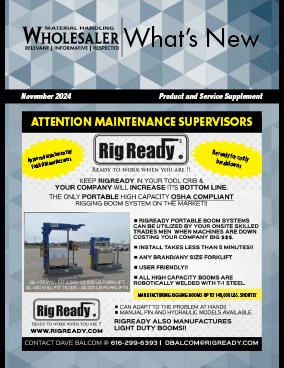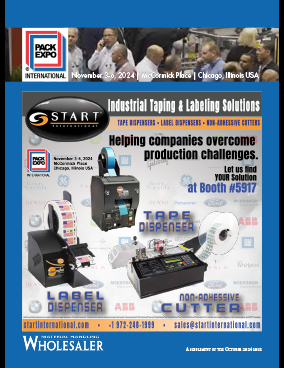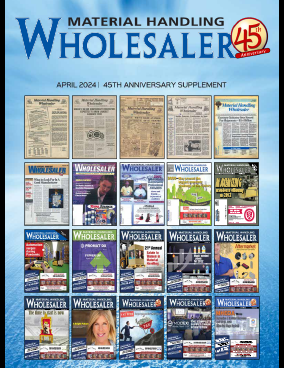I know I am as guilty as anyone of stating that CASH IS KING. Must have included that statement at least once or twice a year.
Then someone added that “cash flow is king,” which is hard to argue with.
I am going to take it a step further and state that FREE CASH FLOW means more to your business than either of the other two titles.
Those of you who follow the stock market noticed the FCF line item when disclosing operating results for the year.
So, what is it and why is it so important?
I began conducting my own research after seeing numerous references to FCF and subsequently published a book on Amazon, authored by George Christy, CFA. George explains how to calculate FCF and why the data you receive from FCF is better than the GAAP statements you received from your accounting firm and the internal statements, which mirror the GAAP statements you paid for. You may want to purchase a dozen of these books for your internal financial staff, the sales department, the C suite, and your Board Members.
I would even suggest that you instruct your outside accounting firm to present an FCF instead of the GAAP statement they usually send. Informing your banker about this change should be received positively. If not, provide them with a copy of the book as well.
Just so you know, EBITDA is not part of this FCF process. Neither is the GAAP Statement of Cash Flows. FCF captures all cash flows in and out of the company, is not distorted by accrual items, and includes changes in working capital and cap-X investments.
A formal FCF definition = Revenues MINUS cash expenses PLUS non-revenue cash receipts PLUS or MINUS cash changes in working capital MINUS Cap-X expenditures. If you have prepared cash flow statements for a bank, you are close to preparing an FCF statement.
The conversion from your GAAP statement to a cash flow statement is a three-step process.
- Start with your GAAP Income Statement
- Convert the Income Statement to Operating Cash Flow.
- Reflect the Cash Impact of the Working Capital Change and Cap-X.
You start with the Operating Income in Step One, make changes to convert to Operating Cash Flow, and reflect the cash impact of Working Capital Change and Cap-x. In the end, you wind up with FREE CASH FLOW.
So, what helps management manage the business and, as a result, improve the value of the company? Working with GAAP statements or FREE CASH FLOW. FCF is the correct answer. And when you can convert your internal GAAP statements to an FCF statement, the decision process becomes easier to use and corrective steps easier to make and follow up on.
George Christy notes how Warren Buffett made his money by determining the value of a target company by calculating discounted cash flow. I have seen this discounted cash flow calculation many times.
Current thinking is that older financial types were brought up using GAAP and will continue to do so. On the other hand, recent accounting graduates and Certified Financial Analysts (CFAs) are switching to a FREE CASH FLOW because every executive out there wants to know their FREE CASH FLOW position, which in turn converts into a company valuation.
So, is GAAP out? Perhaps not entirely, but for the ability to stay on top of your company’s value and, at the same time, utilize free cash flow data to manage sales, customer activity, corporate reports, peer group analysis, and M&A activities, GAAP cannot compare to the FCF analysis.
I am going to set up a template to use for determining FCF and to guide the use of the report in improving results. Interested in participating, give me a shout …sounds like fun and will be interesting to see how the reports turn out. You can make your request through Dean. His email address is dmillius@MHWmag.com.
Also, I am going to ask Dean if we can get us a deal on the book purchase.
About the Columnist:
Garry Bartecki is a CPA and MBA with GB Financial Services LLC, and a Wholesaler columnist since August 1993. E-mail editorial@mhwmag.com to contact Garry.










